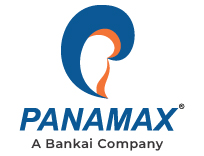Despite advancements in AI and automation, many telecom operators still rely on manual interconnect billing systems, especially in emerging markets. The reasons are many, including budget constraints, relaxed regulatory environments, limited competition, and a few edge cases that allow this status quo to persist.
This dependency introduces compounded operational risks often hidden until they materialize, such as revenue leakages, billing disputes, mismatched interconnect agreements, and reconciliation errors, all impacting the bottom line.
In this blog, we dive into the risks of manual interconnect billing, what actions operators must take as a priority, and how Panamax's telecom solution such as interconnect billing can help businesses upgrade according to current and future digital needs.
The risks of manual interconnect billing
Manual interconnect billing might appear manageable at the service level. However, its hidden complexities pose serious challenges for operators to deliver consistent margins, regulatory alignment, and service-level performance. The following areas illustrate how these are impacting operators' performance:
Human Error
Miscalculations aren't the only errors plaguing interconnect billing; administrative mistakes caused by human errors can be just as costly. A simple typo during data entry can create a massive difference in the overall billing. Such instances can lead to a delayed payment cycle, trigger unnecessary collections, and waste internal resources trying to fix it.
Scalability
Market dynamics demand that operators scale, diversify services, and integrate with global partners seamlessly. A rigid, outdated system can create bottlenecks and inefficiencies in interconnect billing processes. Manual billing processes make even the most minor changes take days to resolve instead of minutes, which impacts an operator's ability to scale up.
Fraud Risks
Insufficient built-in validation rules, real-time alerts, and system audit trails in manual interconnect systems create undetected vulnerabilities for weeks. What makes things worse is that errors don't typically show up until the end of the billing cycle. Partners often challenge the charge or withhold payment before operators detect fraud. Lack of visibility creates risks such as lost revenue, partner mistrust, and wasted time on reconciliation.
Compliance and Regulatory Gaps
Manual interconnect billing systems lack defensible trails or real-time logic, which are now seen as liabilities by regulators and investors. Telecom operators working with cross-border traffic agreements or seeking new capital increasingly face stricter regulatory scrutiny. To overcome this challenge, operators need systems that document every change and generate real-time compliance reports. Otherwise, this directly affects their market credibility and impacts business continuity.
Operational Inefficiency
Manual interconnect billing is inherently resource-intensive because each transaction, settlement, and reconciliation requires human intervention. Turnaround time and the risk of delays, duplications, and discrepancies shoot up. The lack of automation results in frequent operational backlogs and reduced agility for telecom operators. It compromises the operator's ability to respond swiftly to market shifts and gain an edge over the competitors.
What do operators need right now?
Automated interconnect billing systems are the need of the hour. Operators who fail to automate will be excluded from multi-party agreements demanding real-time settlements and audit transparency.
Automated rating and settlement updates
Manual interconnect systems treat rating and settlement as static tasks. However, in interconnect agreements, where conditions such as dynamic pricing models, volume-based discounts, and real-time service positioning are present, this rigidity becomes a liability. Operators need systems to interpret and apply complex, multi-party agreements in real time. The revenue stream and financial forecasting become more precise by automating every entry into the system.
Real-time fraud detection and reporting
Fraudsters do not wait for interconnect billing cycles to end, and neither should your detection systems. Telecom fraud tied to interconnect routes often hides within Call Detail Records (CDR) mismatches and delayed reconciliation. Manual systems detect these usually after weeks when the dispute arises. Whereas advanced systems use real-time analytics to detect irregularities within minutes. The key shift isn't automation but intelligence, which the system should be capable of adapting to before revenue is lost.
Regulatory reports and becoming compliant
Delayed or inaccurate billing reports mean turning a red flag for the regulatory authorities. As a result, telecom operators might find themselves in regulatory fines, deeper investigations, frozen settlements, or even partner exits. Automated systems solve this by creating accurate documentation audit trails, applying regulatory logic proactively, and adapting instantly to jurisdictional changes. This gives more leverage to regulatory negotiations as there are fewer fire drills and cleaner audits.
Turn-key solutions that can integrate
In an ecosystem where onboarding new interconnect partners is frequent, integration cannot take months. Telecom operators need interconnect billing systems built on modular open APIs ready to plug into OSS/BSS suites. Instead of replacing the entire system, advanced billing platforms let telecom operators add new functionalities without replacing the existing infrastructure. As a result, telecom operators can quickly monetize their interconnect routing business.
Panamax's BillCall interconnect billing solution seamlessly integrates with telecom operator's billing and ERP systems (SAP). It offers financial teams real-time visibility into interconnect revenue, ensures fewer audit exceptions, and seamless alignment between commercial operations and financial reporting.
Final Thoughts
The ongoing rollout of 5G and the proliferation of IoT devices are increasing the interconnect traffic, making automation necessary. Similarly, regulators are tightening expectations of billing accuracy, transparency, and timely settlements. Telecom operators who don't update to an automated interconnect billing system lose strategic leverage in the long run. Operators need billing systems that align with modern interconnect realities to lead forward.
Panamax's BillCall interconnect billing solution is engineered to meet the demands of a digital telecom economy. Automation capabilities offer operators a foundation for scalable, compliant, and profitable interconnect business. So, if you want to upgrade, contact our experts to learn more about our solutions' capabilities.
Frequently Asked Questions about Telecom Interconnect Billing
What is a telecom interconnect billing system?
When two or more carriers exchange traffic (voice, SMS, data), they charge each other based on pre-agreed interconnect agreements to use each other's services. The interconnect billing system, in this case, is a platform responsible for the following:
- Accurate rating based on destination, duration, volume, and timing
- Reconciliation between originating and terminating operator records
- Generation of invoices and dispute management
- Compliance with regulatory standards on cross-carrier settlements
Is automation in interconnect billing only relevant for large Tier-1 operators?
Automation isn't a scale-driven decision in telecom; it is a risk-driven decision. Mid-level operators and regional operators face the same complexities. Hence, automation in interconnect billing has become a priority for all.
Can automation reduce interconnect fraud, or does it just speed up detection?
Automation provides a significant leap forward from manual systems. By automating the detection of anomalies like rate mismatches, unusual traffic volumes, or unauthorized routes, operators can act on fraud patterns as they emerge, not weeks later.
Can automated billing improve partner trust and long-term relationships?
Timely settlements, reduced disputes, and transparent invoicing build credibility with partners. It improves negotiation leverage, shortens delays, and improves an operator's reputation in the carrier ecosystem.
What are some of the top considerations to look for in an effective interconnect billing solution?
An effective interconnect billing system should act as both a financial safeguard and a competitive enabler, combining real-time processing, fraud prevention, and seamless scalability. Choosing the right interconnect billing solution is a strategic decision and here are some of the critical areas to be looked at:
- Real-time processing and dispute management
- Support for evolving technologies (5G, IoT, VoLTE, etc.)
- Automated compliance and reporting
- Scalability to handle growing traffic volumes
- Integration with existing OSS/BSS systems


















